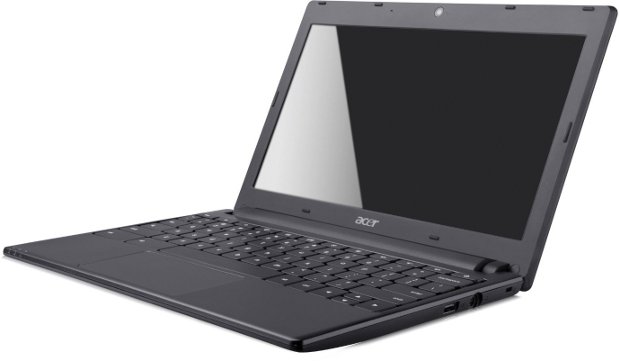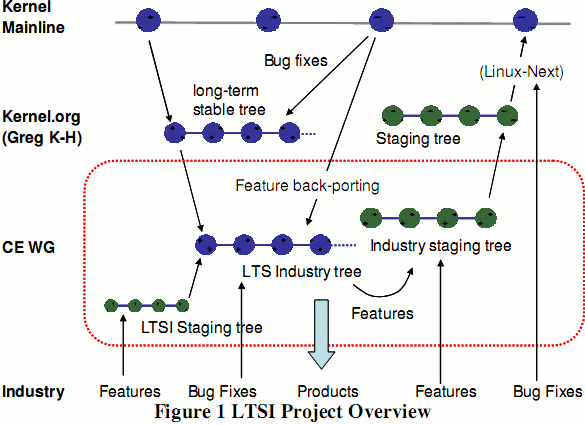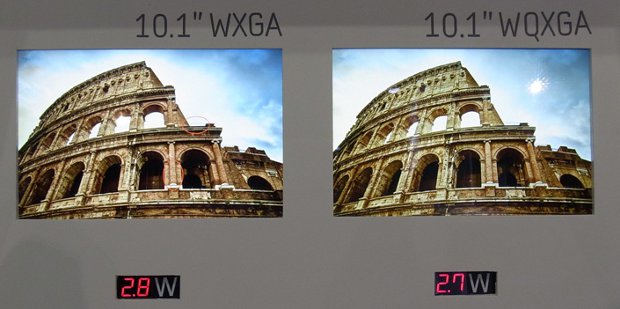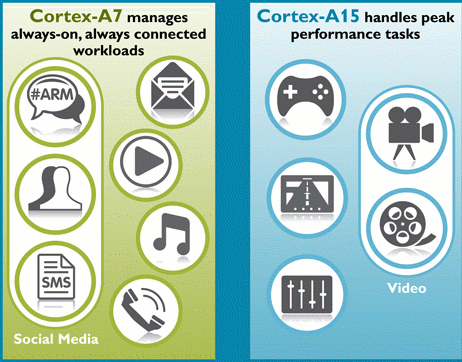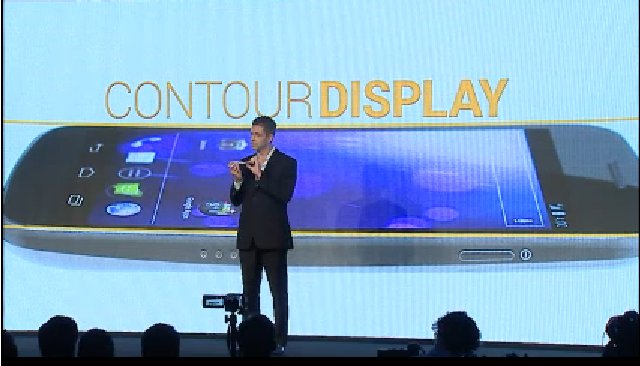Samsung has announced that it was merging Bada operating system with the new Tizen project (Linux OS with HTML5 API) at CES 2012. The work has already started, but Samsung did not provide any estimated completion date. If you have been developing Bada applications, the good news is that Tizen will support mobile applications written with bada’s SDK (software development kit) and previously published bada apps will be backwards compatible. Bada and Tizen developers will be given the same software tools (SDKs and APIs) so that if you know how to program in Bada, you will also be able to make Tizen apps. Samsung expects Tizen will be used in entry-level smartphone powered by single core processors as well as other devices targeted by Tizen such as tablets, smart TVs, netbooks and In-vehicle infotainment (IVI) devices. One or two Tizen devices should be released in 2012, and the company said […]
ChromeBooks Get Cheaper and Chrome OS Update
Google announced that the Wi-Fi only version of the Samsung Chromebooks Series 5 and Acer Chromebooks will drop by 50 USD to to 300 USD. Apparently the Chromebooks sales are not going so well. This may be improving however, as the Samsung Series 5 Wi-Fi 12.1-Inch Chromebook currently ranks 25 in Netbooks (Amazon US) and Acer AC700-1099 Chromebook (Wi-Fi) ranks quite well (maybe after the discount) at position 9 in Netbooks. Still, even after this discount, it seems difficult to justify the price compared to a “real” netbook with hard disk (the Chromebooks use the cloud for storage) and a few other extra features. I have an Acer Aspire One AOD255E that now costs 279 USD on Amazon with a 250 GB hard disk running Windows 7 starter. Unless the Chromebooks price is reduced to about 200 USD I don’t really see it selling like hot cakes even though they […]
MHL (Mobile High Definition Link) Turns Your Phone into a Set-Top Box, Game Console and more
MHL (Mobile High Definition Link) was introduced at Mobile World Conference 2011, some progress has been done since then. For now Two HDTVs are MHL compliant: the Toshiba WL800A and the Samsung UN46D7000. The Toshiba TV already have a firmware upgrade that provides MHL support, a firmware upgrade will come later for the Samsung HDTV. MHL provides market disruptive features that such as the ability to charging MHL compliant phones and tablets, control them with the TV remote through one simple MHL connector (micro-USB to HDMI). In the demo below, they show the phone connected to the Toshiba WL800A and being controlled with the TV remote control to play videos (including trick modes: pause, ffwd, etc..), play Android games and use a web browser. Once you install Google TV 2.0 in your phone (you’ll probably need Android 4.0) or tablet, you can get a great TV experience via your mobile […]
Long Term Support Initiative (LTSI) Linux Kernel for Consumer Electronics
The Linux Foundation announced a new project, the Long Term Support Initiative (LTSI), created by the Consumer Electronics Workgroup (CE WG) at Linuxcon Europe 2011 in Prague. LTSI aims at reducing duplication of effort in maintaining separate private industry kernel trees. The LTSI project intends to deliver an annual release of a Linux kernel suitable for supporting the lifespan of consumer electronics products and regular updates of those releases for two to three years. The project is backed by several companies in the consumer electronics industry including Hitachi, LG Electronics, NEC, Panasonic, Qualcomm Atheros, Renesas Electronics Corporation, Samsung Electronics, Sony and Toshiba. LTSI will allow device makers to spend less time doing significant back-porting, bug testing and driver development on their own, which carries substantial cost in terms of time-to-market, as well as development and engineering effort to maintain those custom kernels. In some ways, this is similar to Linaro, […]
Samsung Demoes a WQXGA (2560×1600) 10.1″ LCD Panel
Samsung developed a 10.1-inch LCD panel that supports 2560 x 1600 resolution and exhibited it at FPD International 2011, which takes place on October 26 to 28, 2011, in Yokohama, Japan. This display using IGZO (In-Ga-Zn-O) TFTs technology. It is targeted to tablets and consume the same amount of power as current 10.1″ 1280×800 (WXGA) displays thanks to “Pentile” technology that uses red, green, blue and white color filters (CFs) as two pixels. The brightness and contrast ratio of the panel are respectively 400cd/m2 and 900:1. Its maximum power consumption is 3.4W. The power consumption of the panel excluding its backlight is just 26mW. Source: http://techon.nikkeibp.co.jp/english/NEWS_EN/20111026/199826/ Jean-Luc Aufranc (CNXSoft)Jean-Luc started CNX Software in 2010 as a part-time endeavor, before quitting his job as a software engineering manager, and starting to write daily news, and reviews full time later in 2011. www.cnx-software.com
ARM Unveils Cortex-A7 and big.LITTLE processing
ARM unveiled the Cortex A7, a new core with higher performance than the Cortex A8 (1.5x) and with 5 times less power consumption. It will be used in conjunction with Cortex-A15 Core and allows big.LITTLE processing where the Cortex A7 (companion core) takes care of the low performance, low power tasks (social network, email, SMS, phone calls) and the Cortex A15 kicks in for high performance tasks such as video processing and gaming. Here’s an excerpt of the Cortex A7 / big.LITTLE processing press release: ARM today announced the ARM® Cortex™-A7 MPCore™ processor – the most energy-efficient application class processor ARM has ever developed, and big.LITTLE processing – a flexible approach that redefines the traditional power and performance relationship. The Cortex-A7 processor builds on the low-power leadership established by the Cortex-A8 processor that is at the heart of many of today’s most popular smartphones. A single Cortex-A7 processor delivers 5x […]
Galaxy Nexus Promotion Video
After Google / Samsung Galaxy Nexus and Android 4.0 Presentation this morning, here’s the Galaxy Nexus Promotion Video. Jean-Luc Aufranc (CNXSoft)Jean-Luc started CNX Software in 2010 as a part-time endeavor, before quitting his job as a software engineering manager, and starting to write daily news, and reviews full time later in 2011. www.cnx-software.com
Google and Samsung Galaxy Nexus Android 4.0 Smartphone
Samsung and Google jointly announced the very first Android 4.0 (ICS) smartphone in Hong Kong. They did not get too original to name the device. Remember the Nexus S and Galaxy S series? Well, the smartphone is named Galaxy Nexus. The phone features a dual-core Texas Instruments OMAP4460 processor, a 4.65″ super AMOLED plus display (1280×720), LTE/HSPA+ network support, 1080p video recoding, NFC, barometer and more. It will be sold in the US, Europe and Asia (including Japan and China) in November. After Samsung showcased the smartphone, Google presented the new Android 4.0 (ICS). 3 Design principles: Beautiful: Enchant me Easy: Simplify my life Powerful and Smart Here are the main points I gatherer of Android 4 presentation: The new UI uses the Roboto font. They removed the physical buttons on the smartphone. Everything is now done with gestures. It looks like Honeycomb for smartphone with stacks and widgets. Widgets […]



